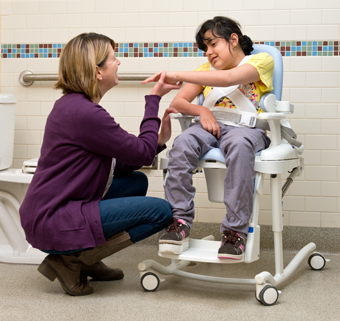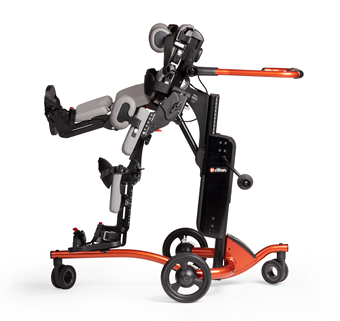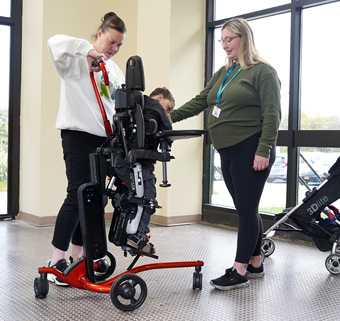Don’t Skimp on Good Design and Quality
When payers try to cut medical device costs by sacrificing quality, no one wins
| January 2018 Does the quality of an individual’s mobility device influence their participation? Common sense tells us it would, but do we find research to back that up? Thankfully, yes. Today’s post highlights the work of a research team that implemented a two-day assessment with 604 community-dwelling adults with spinal cord injury, traumatic brain injury, and stroke.
Does the quality of an individual’s mobility device influence their participation? Common sense tells us it would, but do we find research to back that up? Thankfully, yes. Today’s post highlights the work of a research team that implemented a two-day assessment with 604 community-dwelling adults with spinal cord injury, traumatic brain injury, and stroke.
Of these, 250 people (41%) self-identified as mobility device users. Of these device users, 77 people (31%) used an ambulation aid, 90 people (36%) used a manual wheelchair, and 83 people (33%) used a power device.
The relationship between mobility device use and positive health and participation outcomes is already documented in research literature. ¹¯³. This research digs further. What happens when a device of poor quality breaks down? Does the quality of a mobility device (including reliability, repairability, and ease of maintenance) impact participation and public health outcomes?
As the researchers comment, “Scrutiny of public spending on durable medical equipment, including mobility devices, has led to Medicare regulations aimed at containing these costs. Restrictive policies … [may have] consequences of restricting access to people who need them the most and limit their opportunities for community participation.”
The researchers questioned the participants regarding their device quality, specifically regarding these aspects of the device: reliability, ease of maintenance, repairability, replaceability, and portability. The researchers also questioned the participants regarding the impact of the device, specifically control over daily activities, independence, confidence in daily activities, participation in activities that the person enjoys, and achievement of goals.
Outcome measures used were the Mobility Device Impact Scale, Patient-Reported Measurement Information System Social Function (version 2.0) and the two Community Participation Indicators’ enfranchisement scales.
Using structural equation models, they analyzed the data. Their research coefficient finding indicates that mobility device quality influences participation to a substantial degree. The subjects perceived that better quality mobility devices provided greater benefits. In turn, persons who reported greater device benefits were more likely to report greater levels of participation. Again, these findings seem self-evident, even obvious, but it’s great to have them validated by actual research.
Further findings: ambulation aid users perceived their mobility devices as demonstrating better quality than did wheelchair users. The research also indicates that it is not only breakdowns that lead to participation restrictions, but users’ perceptions of their mobility device’s reliability, repairability, and ease of maintenance also contribute to participation outcomes. Portability and replaceability were not borne out as markers of device quality.
Research Reference:
Magasi S, Wong A, Miskovic A, Tulsky D, Heinemann AW. Mobility Device Quality Affects Participation Outcomes for People with Disabilities: A Structural Equation Modeling Analysis. Arch Phys Med Rehabil 2018; 99(1):1-8.
References:
1. Salminen AL, Brandt A, Samuelsson K, Toytari O, Malmivaara A. Mobility devices to promote activity and participation: a systematic review. J Rehabil Med 2009; 41:697-706. Free Full Text
2. Brandt A, Lofqvist C, Jonsdottir I, et al. Towards an instrument targeting mobility-related participation: nordic cross-national reliability. J Rehabil Med 2008; 40:766-72. Free Full Text
3. Clarke PJ. The role of the built environment and assistive devices for outdoor mobility in later life. J Gerontol B Psychol Sci Soc Sci; 2014 69(Suppl 1):S8-15. Free Full Text




